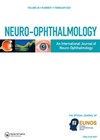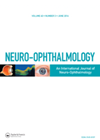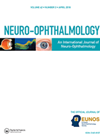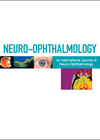
Journal Reviews
Amyotrophic lateral sclerosis (ALS): what happens to eye movements?
Amyotrophic lateral sclerosis (ALS) is a neurodegenerative disorder of upper motor neurons of the corticospinal tract and lower motor neurons in brainstem nuclei and the anterior horn of the spinal cord. Limited literature is available on abnormal ocular movements in...
Case reports of ‘ictal lid saccades’ and ‘ictal blinks’
The authors present two cases of lid movements with discrete physiology and propose the terms ‘ictal lid saccades’ and ‘ictal blink’ to describe the movements seen. These two types of lid movement, blinks and saccades, have discrete kinematic properties and...
Using contrast acuity and rapid number naming in Huntington’s disease
This study aimed to evaluate afferent and efferent visual function in Huntington’s disease (HD). HD is often portrayed by abnormal saccadic eye movements and afferent visual pathway involvement however these are poorly characterised and difficult to quantify at the bedside....
Using small amplitude saccades to assess saccadic velocity
Saccades are a key component in the assessment and diagnosis of neuro-ophthalmological disorders. Clinicians are typically taught to use large amplitude saccades (LAS) of at least 20 degrees to assess saccadic velocity. It has been suggested, however, that small amplitude...








